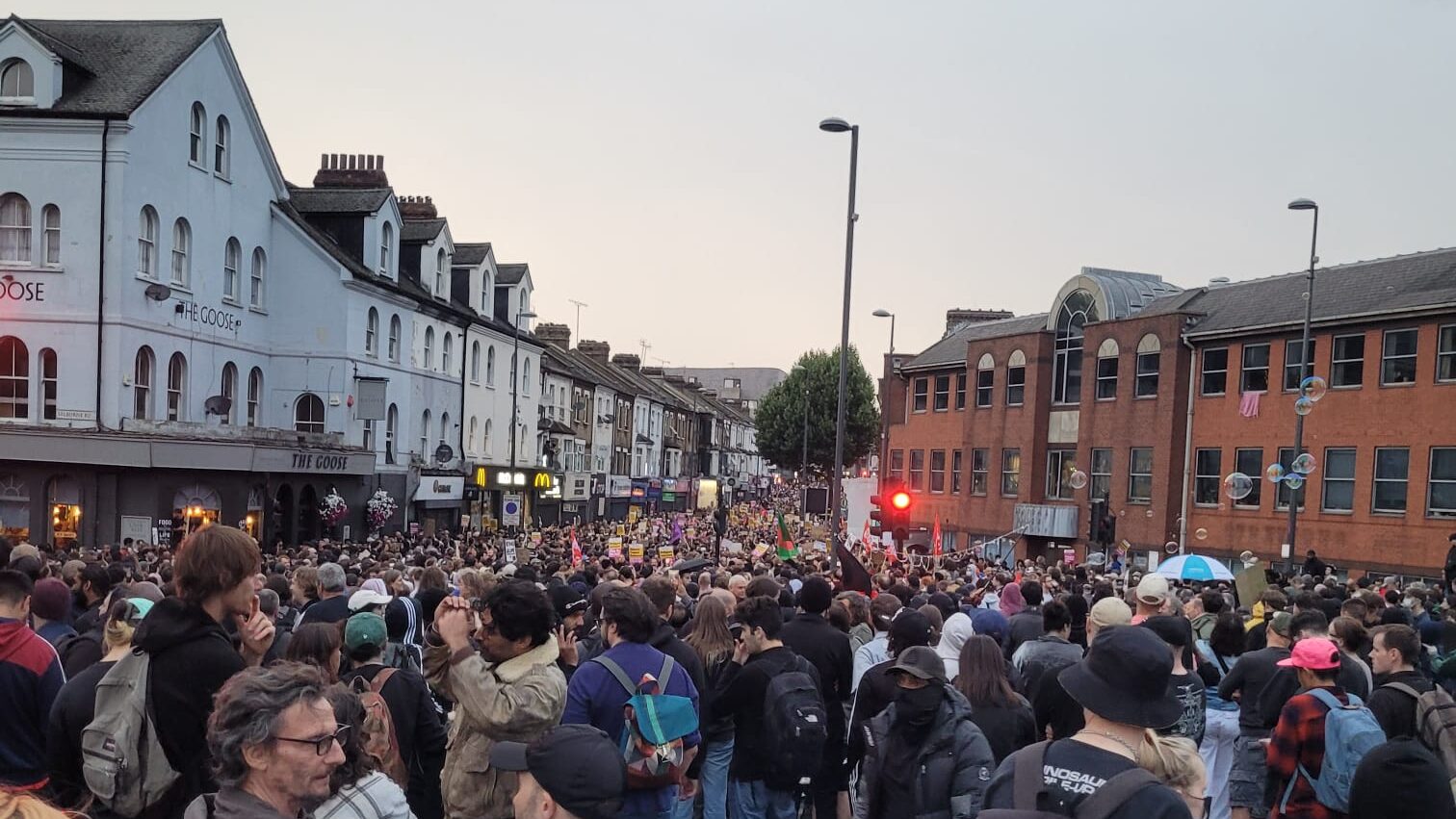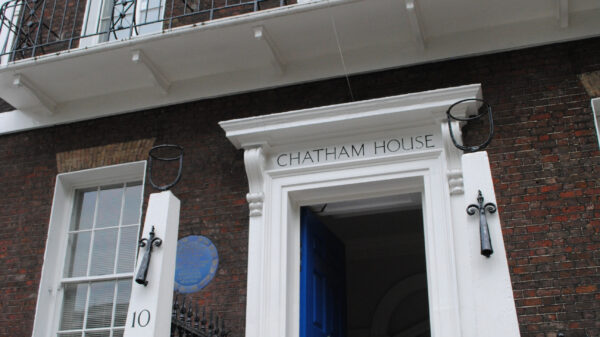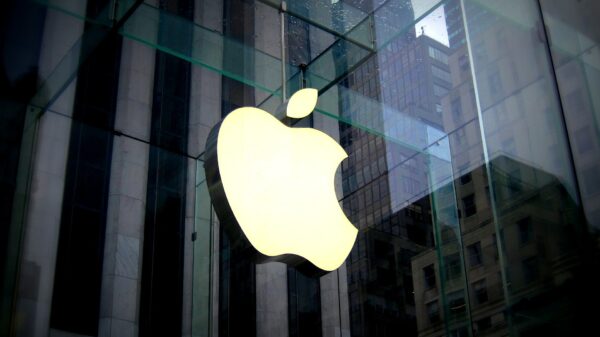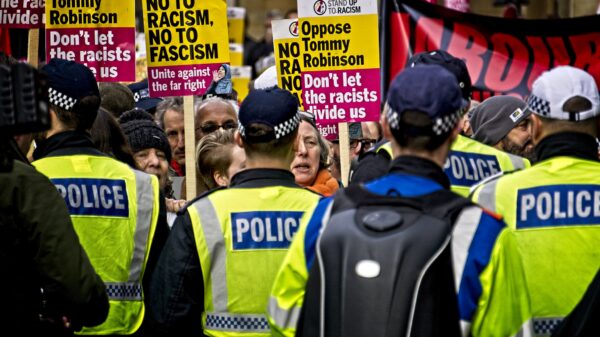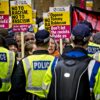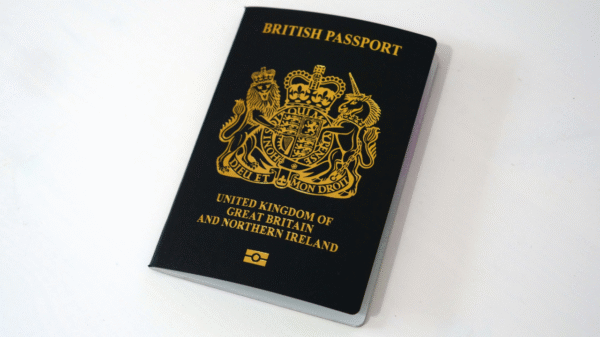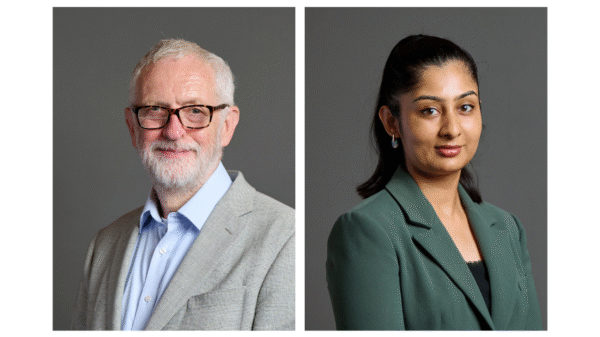News Editor Charles Hinds responds to the recent spate of riots across the UK and assesses Britain’s history of immigration to explain them.
This article was first published in print on 16 September 2024.
On 8 August, Merseyside Police confirmed that the last of the ten people wounded in the Southport stabbing had left hospital. Having spent nine days recovering, one would have hoped for the suffering to end. Instead, that suffering was worsened by the week of rioting that followed.
On 7 August, however, Britain showed her true face as tens of thousands of people mobilised to show the world that far-right rioters do not represent Britain. The message resounded that Britain is a welcoming place where people can make their home no matter where they were born.
Despite this, the idea that a large proportion of Britain has an issue with immigration and refugees has stained public discourse and it must be made straight. Britain is a multicultural nation of immigrants, if you don’t like that: leave.
How Has Britain’s relationship with immigration changed?
On 7 August 1914, three days into WW1, Britain’s first codification of immigration and citizenship was signed into law. The British Nationality and Status of Aliens Act was the first time Parliament and not the courts decided who was a British citizen. As a result of this Act, the British Empire would be bound together by tighter bonds during the coming war, ensuring those who volunteered from across the Empire would get to make Britain their home.
The British Nationality Act 1948 enshrined in law the right of all British subjects to British citizenship. This act is what brought the Windrush generation, albeit not the actual passengers of the HMT Empire Windrush, to the British Isles. This began the era of citizens of the Commonwealth becoming residents of the UK.
It’s important to remember many of these people were just making the country they had fought for, their home.
However, from the 60s to the 80s the tone shifted with efforts to restrict the flow of immigration into the UK. Most importantly, the right to jus soli was revoked with the British Nationality Act 1981, meaning that being born on British soil didn’t make you British under the law. Instead, the 1981 Act required that one parent must be either a British citizen or officially settled at the time of their birth.
This was also the period of the far-right’s greatest power. The unification of the League of Empire Loyalists, British National Party and Racial Preservation Society into the National Front was followed by an almost twelve-fold increase in memberships from 1967 to 1972. The political instability and statutory restrictions on immigration ensured that under Margaret Thatcher’s 11 years as Prime Minister net immigration sat at an average of just over 2,360 people per year.
In 1993, Britain had her last year of net emigration as the UK began its current approach to immigration. An approach that struggles to balance harsh governmental policy towards refugees and immigrants, with high rates of net migration. This has led many right-wing pundits to exclusively attribute Britain’s high rate of immigration to some sort of New Labour conspiracy. A conspiracy to, at best, increase Labour’s chances of winning in future elections and, at worst, be part of an effort to replace white people.
In reality, the 1990s saw Britain shift towards a liberal centre with a return to a pragmatic approach to immigration, especially with the ratification of the Maastricht Treaty and Human Rights Act 1998. What people forget is that in the wake of 9/11 and the subsequent ‘War on Terror’ Britain introduced a wave of Parliamentary Acts designed to slow immigration and take greater control over the asylum process. Despite these efforts, net immigration continued to grow, and it’s from here that the roots of the “Take Back Control” slogan, which would ultimately win the Brexit referendum, emerged.
The important caveat to these statutes is the economic factor. In times of net emigration, there were financial incentives to leave the UK, such as the Australian “£10 poms” scheme, and high levels of economic stagnation before the 1990s. Similar to how we see things today, immigration policy is treated as a part of social policy when, in reality, it is economic policy. Up until the 60s, Britain was one of the three most economically powerful nations in the world, so naturally people would want to move to the UK. Many, however, were limited by family finances so only the relatively wealthy could move, keeping net immigration figures low. In the ‘60s and ‘70s, people wanted to leave the UK because we were in an economic rut ensuring that we had net emigration. However, from the 80s to the modern day we are seeing high numbers of immigration into London and the South East, where the GDP per capita is comfortably higher than almost any other region in the EU.
Regardless of what Telegraph columnists may say, Brexit has only worsened things. Reduced cooperation with the French and European governments ensured the loss of deterrent forces and legal pathways. That shows in the rising number of dangerous crossings of the English Channel — from less than 2,000 in 2019 to almost 8,500 attempts a year later. It has continued to grow to some 28,500 attempted crossings in 2021 and almost 48,000 in 2022. In 2023 the number fell to just short of 29,500 attempts — still a lot more than before Brexit.
What impact does this immigration have on modern Britain?
In short, modern Britain is a multicultural place with higher net immigration. Much more than that, Britain is one of the most accepting places in the world.
In 2023, the Policy Institute at King’s College London (KCL), investigated British values for the World Values Survey (WVS). The WVS found that just 5% of Britons wouldn’t want to live next door to immigrants; 4% wouldn’t want to live next door to someone who spoke a different language; 2% wouldn’t want to live next door to someone of a different race and just 1% wouldn’t want to live next to someone of a different religion. Only Germany, Brazil and Sweden are more tolerant and even then never by any more than 2 percentage points.
Of course, this means some elements of old Britain will be lost.
The cockney accent is being rapidly replaced by Multicultural London English (MLE) which will become the dominant form of English in 100 years. Shifting demographics have forced over a third of pubs in Tower Hamlets to close due to the influx of Muslim families. Some projections even found that white people will be a minority by the late 21st century. Many parts of what it meant to be British for our parents and grandparents are undeniably changing, possibly never to return.
So yes, modern Britain is not the nation it was before. It branched out from a nation of Angles, Saxons, Celts, Normans, and Danes into a more diverse nation of people from all around the world. For anyone concerned about this, there is one simple fact to remember—this all happened years before we were born. Our country is this one. No one reading this will have known a Britain without immigrants.
In the Britain we actually live in, not in a fantasy where integration and multiculturalism have failed, there is a simple truth. There is no issue with forging communities from British families regardless of culture or citizenship status. There is an issue with pretending that those who reject this, are doing anything more than looking for an excuse for their own bigotry.
What Does Britain Have to Be Proud of?
This year alone we have had a great many reasons to be proud of Britain.
This has been a great summer of British sports. At the Olympics, one in five British athletes came home with a medal. Football very nearly came home, with England coming in second at the UEFA European Championship and Scotland making their fourth-ever appearance. Finally, Jimmy Anderson retired as the third greatest Test bowler in cricket history.
Regardless of how small our armed forces have become, we have reason to be proud there. Operation Interflex has seen the British Army train 10,000 Ukrainian soldiers in 2024 alone, with British industry providing £3 billion worth of aid to Ukraine.
Above all else, when facing down the far-right, the true face of Britain stood united, no matter our background. In Walthamstow, Finchley, Belfast, Brighton and over 100 other places the true voice of Britain rang out to let the world know that immigrants are welcome here and will always be.

